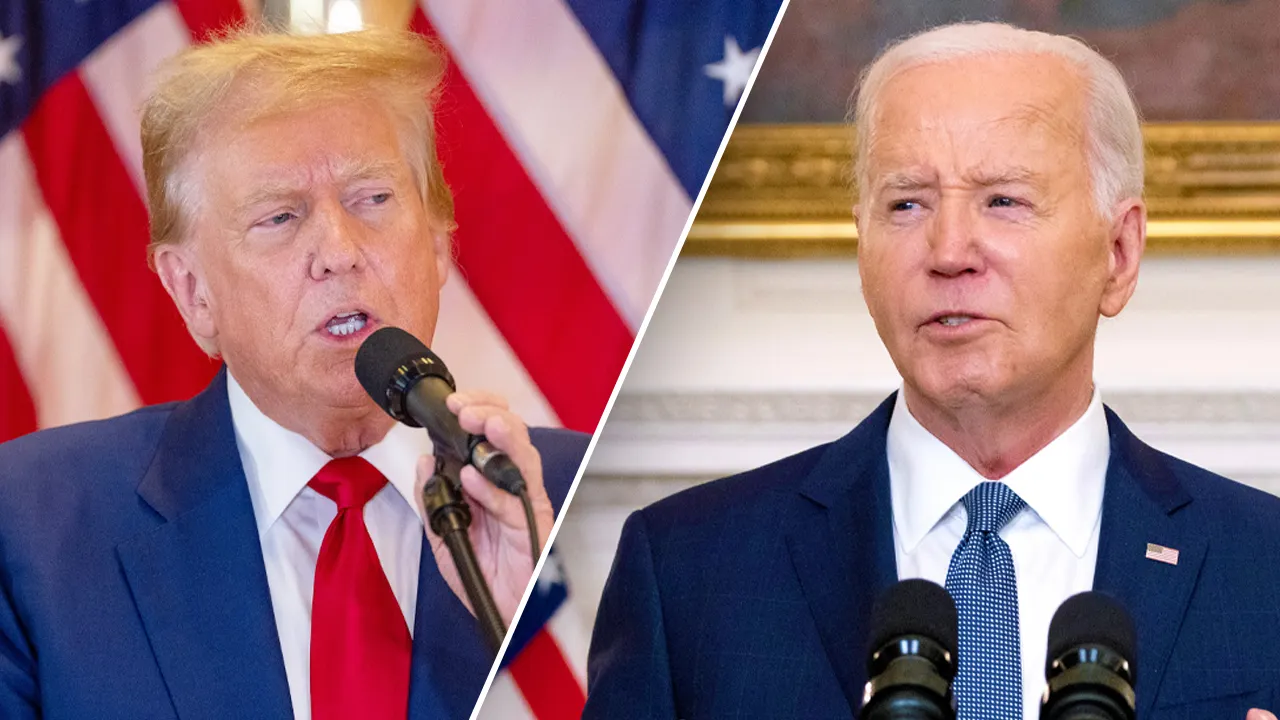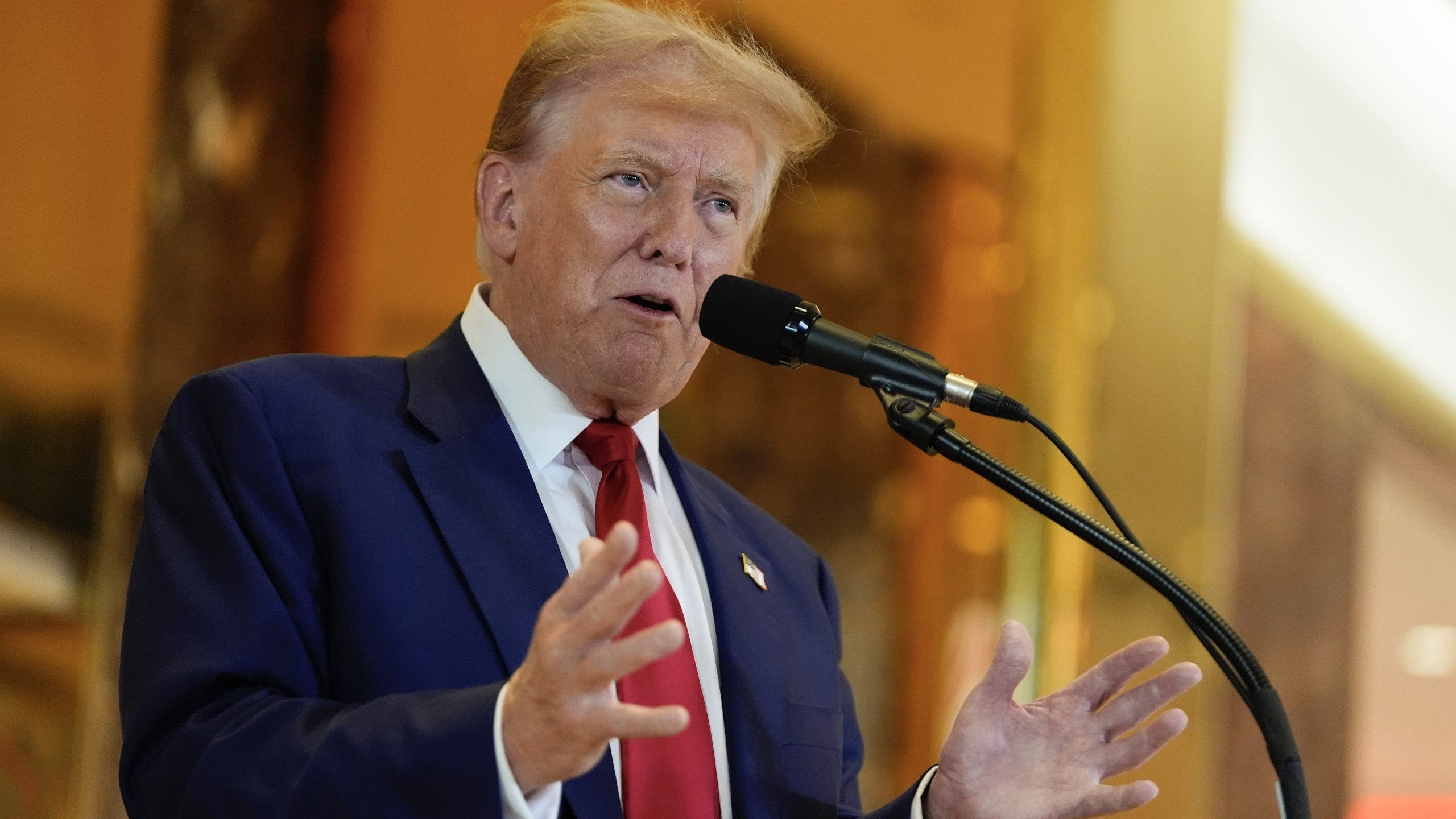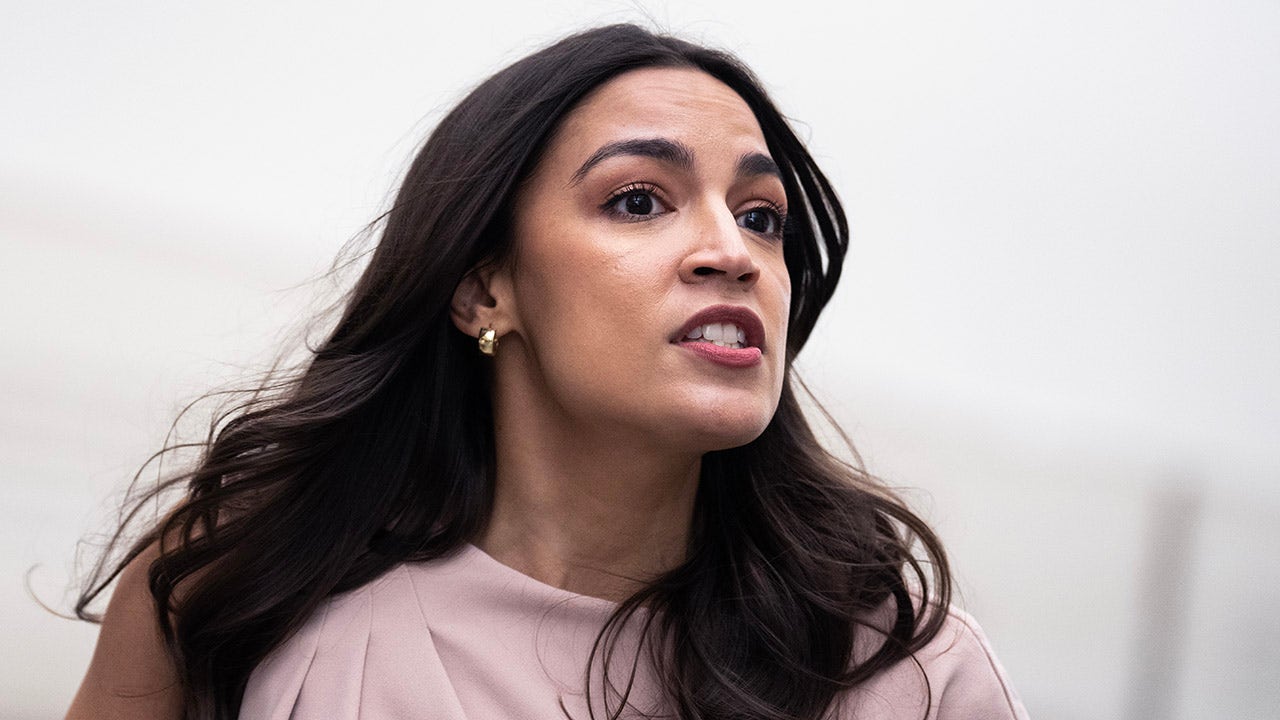Narendra Modi is poised to return for a third five-year term as India’s prime minister, according to four exit polls published on Saturday that projected a clear victory for his Bharatiya Janata party and its smaller allies.
Polls conducted by four Indian TV stations and agencies all showed the Modi-led National Democratic Alliance winning a comfortable majority of between 353 and 392 seats in India’s 543-seat Lok Sabha, or lower house.
That leaves Modi with a strong mandate to form the next government, taking him into a second decade as prime minister.
In India’s last election in 2019 the NDA won 352 lower house seats. The Election Commission of India is due to report official results on 4 June.
The exit polls were released after a final round of voting in the marathon election ended on Saturday afternoon and a ban on the publication of opinion polls, imposed when voting in the seven-phase election started on 19 April, was lifted.
The election was held in stages because of the logistical challenges of casting and counting ballots and securing polling stations in a country with diverse geographies and nearly 1bn registered voters.
The results give the first indications of the shape of India’s next parliament after an election that many saw as a referendum on Modi’s decade in power.
If the polls’ predictions are confirmed on Tuesday when official results are reported, the victory will bolster Modi’s image as one of the world’s strongest leaders at the helm of a fast-growing economy, at a time when its geopolitical clout is growing.
Exit polls have in the past had a mixed record on predicting India’s elections, but in recent years proved to be a more reliable indicator of voters’ decisions. In 2014 and 2019 the exit polls correctly forecast victories for the BJP-led NDA, but were numerically inaccurate, projecting fewer seats than Modi’s bloc actually won.
“I think this is exactly how things will pan out and we will see a resounding victory for Modi, for the BJP a third consecutive time around without any difficulty,” Shazia Ilmi, a national spokesperson for the BJP, told the Financial Times.
India’s 73-year-old leader campaigned on the slogan of “Modi’s guarantee”, a reference to government welfare programmes that benefit hundreds of millions of Indians, and his record on reducing poverty and developing the world’s fifth-biggest economy. India’s GDP grew at a better than expected rate of 7.8 per cent quarter-on-quarter in the three months to March, and its economy has been one of the world’s fastest-growing since the Covid-19 pandemic.
During the campaign the opposition INDIA alliance sought to attack the BJP on its economic record, including persistently high unemployment, and accused it of seeking to cripple the opposition by jailing two state leaders and freezing some Congress bank accounts on the eve of the election.
Hours before the exit poll results were published, senior members of the opposition alliance, including Congress leaders Sonia Gandhi and Rahul Gandhi and Delhi chief minister Arvind Kejriwal, claimed that the opposition were themselves set to win.
Congress president Mallikarjun Kharge claimed that the INDIA alliance would get “at least 295+ seats” — winning the election. Kharge claimed the exit poll surveys were “government surveys because they have the means to manipulate data”.
Madhavi Arora, lead economist at Emkay Global Financial Services in Mumbai, said in a note that the results “suggest a solid win for the NDA”, with “better traction for the BJP” in states like Maharashtra and southern India where opposition parties are strong.
“While [the] final outcome may diverge from exit polls, a political continuity is likely to be good for risk assets in the immediate run and macro stability for the medium term,” she wrote.
This is a developing story . . .
































